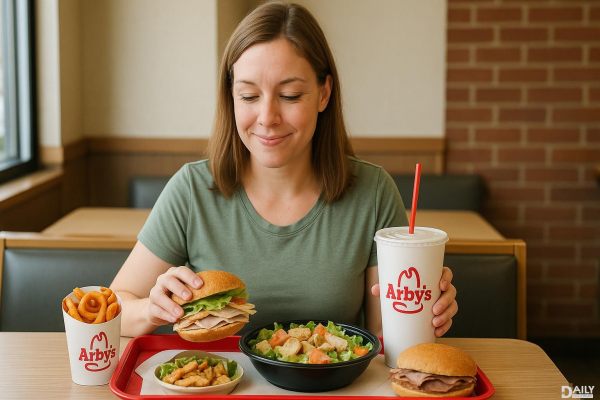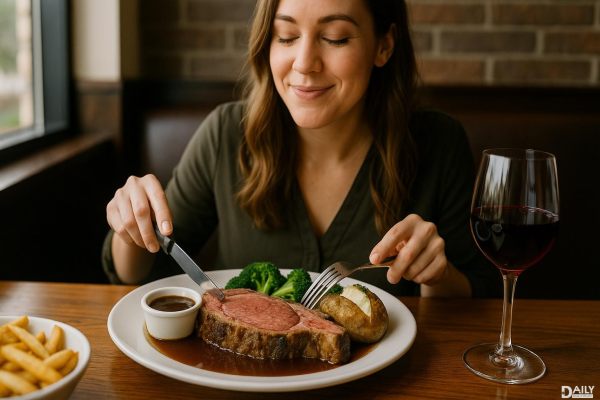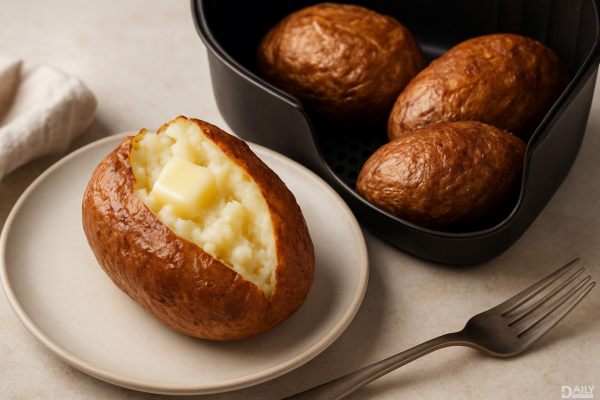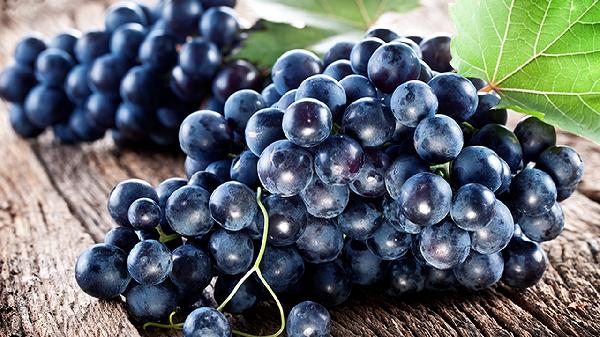If you're torn between brown rice and white rice when it comes to energy and staying full, brown rice takes the cake—or should we say, the grain. Packed with fiber, nutrients, and a slower digestion rate, brown rice keeps hunger at bay longer than its refined counterpart. But let's not write off white rice just yet—it has its own perks, especially for quick energy. The real answer? It depends on your goals, lifestyle, and how your body responds to each.
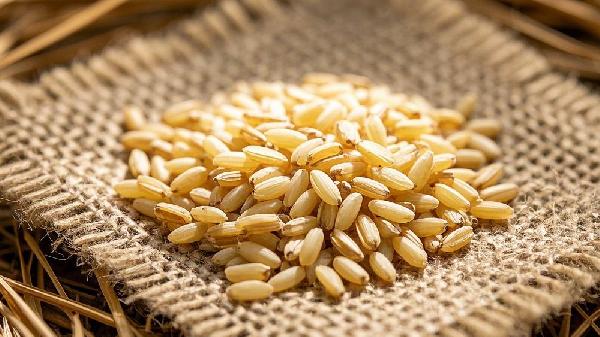
Brown rice is basically white rice’s more nutritious older sibling. Unlike white rice, which gets stripped of its bran and germ during processing, brown rice keeps all the good stuff intact. That means more fiber—about 3.5 grams per cooked cup compared to white rice’s measly 0.6 grams. Fiber slows digestion, keeping blood sugar levels steady and preventing those infamous mid-afternoon crashes. Plus, it bulks up in your stomach, sending signals to your brain that you’re full. So if you’re looking to avoid snack attacks, brown rice is your best bet.
White rice might lack fiber, but it’s got one big advantage—speed. Because it’s processed, your body breaks it down fast, making it a solid choice when you need quick energy (think: pre-workout fuel or post-meal recovery). Athletes and fitness junkies often prefer white rice for this reason—it delivers glucose to your muscles without the digestive lag. Just don’t pair it with sugary sauces or fried toppings unless you want a blood sugar rollercoaster.
Brown rice isn’t just about fiber—it’s a nutrient powerhouse. It packs magnesium (important for muscle function and sleep), B vitamins (key for energy metabolism), and antioxidants like selenium. White rice? Not so much. Most commercial white rice is enriched with synthetic vitamins to replace what’s lost in processing, but it still falls short compared to whole-grain brown rice. If you’re eating for long-term health, brown rice is the clear winner.
Here’s the twist: Some people’s guts straight-up reject brown rice. The higher fiber content can cause bloating or discomfort, especially for those with sensitive stomachs or conditions like IBS. White rice, being easier to digest, can be gentler on the system. If you’re recovering from illness or need a bland diet, white rice is your friend. Just balance it with protein and veggies to avoid blood sugar spikes.
Brown rice has a lower glycemic index (GI) than white rice, meaning it causes a slower, more gradual rise in blood sugar. This is great for sustained energy—but context matters. If you’re pairing rice with protein (like chicken or tofu) and healthy fats (avocado, olive oil), the GI difference becomes less dramatic. Pro tip: Cooking and cooling rice (even white rice) increases resistant starch, which acts like fiber and can help mitigate blood sugar spikes.
Let’s be real—white rice is the crowd-pleaser. It’s fluffy, neutral, and perfect for soaking up sauces. Brown rice has a nuttier taste and chewier texture, which some folks love and others… tolerate. If you’re new to brown rice, try mixing it with white rice at first or opting for shorter-grain varieties, which are slightly softer. Seasoning is key: A dash of garlic, herbs, or coconut milk can make brown rice way more exciting.
Brown rice costs a bit more and takes longer to cook (about 40 minutes vs. white rice’s 15-20). But here’s a hack: Cook a big batch and freeze portions for later. Instant brown rice or pre-cooked packets are also decent shortcuts. White rice wins for convenience, but if you’ve got time to meal prep, brown rice’s benefits outweigh the extra effort.
So, which rice reigns supreme? If you’re after steady energy, fullness, and nutrients, go brown. If you need quick fuel or have a sensitive stomach, white rice has its place. Better yet—mix both depending on the day. Your body (and taste buds) will thank you for the variety.



